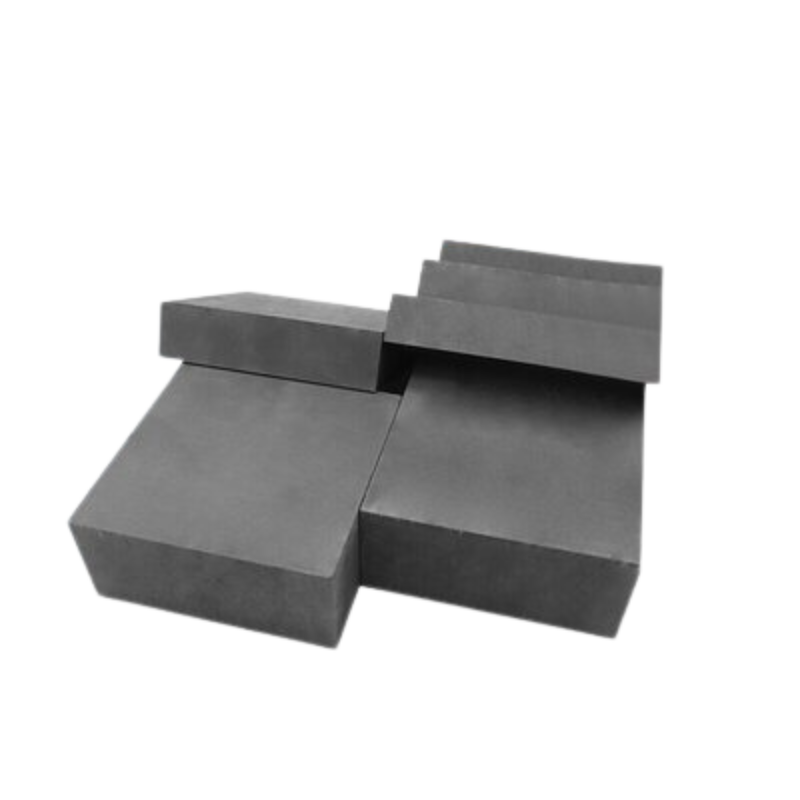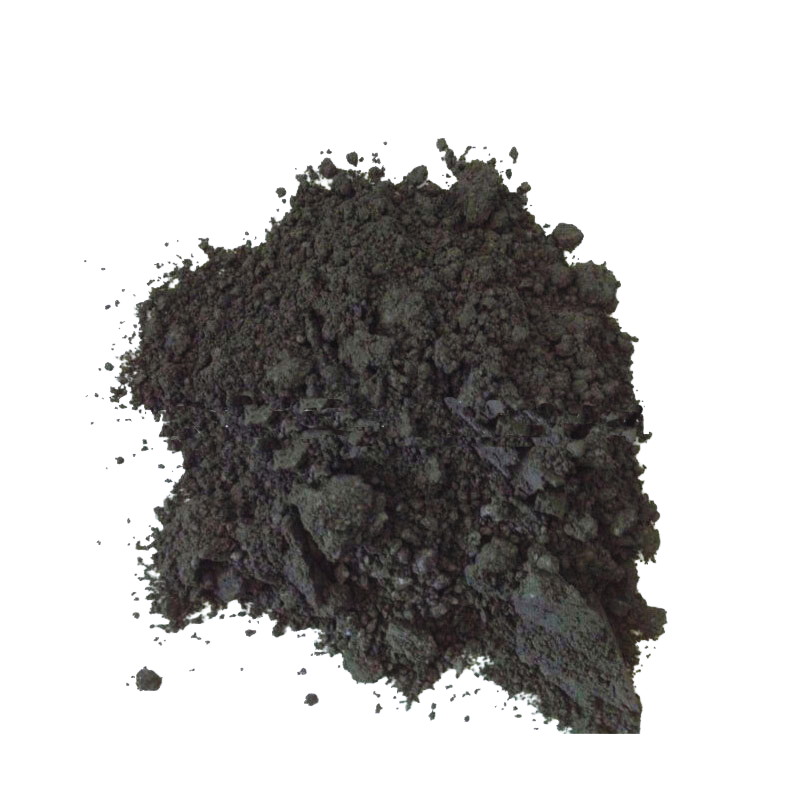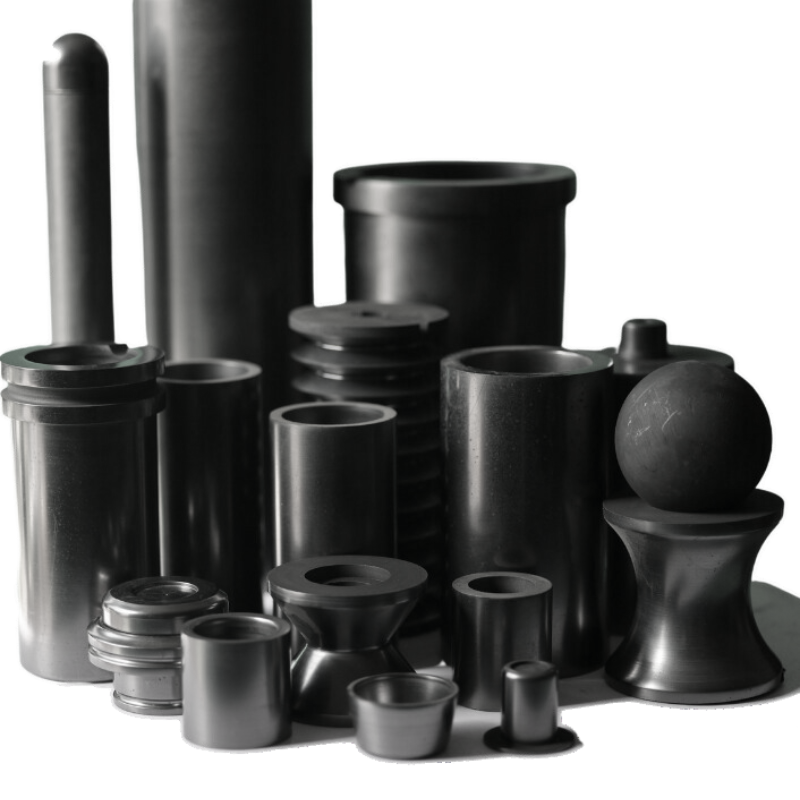The pressing of graphite materials is a crucial step in the production of various graphite products, ensuring they achieve the desired shape, density, and mechanical properties. The purpose and method of graphite material pressing can be detailed as follows:
Purpose of Graphite Material Pressing
1.Shape Formation: Pressing transforms graphite powder into a defined shape, making it suitable for further processing or direct application.
2.Density Control: By pressing the material, its density can be increased to meet specific requirements, enhancing its structural integrity and performance.
3.Mechanical Strength: Proper pressing improves the mechanical strength of the graphite, making it more durable and resilient.
4.Homogeneity: Pressing ensures uniform distribution of graphite particles, leading to consistent material properties throughout the product.
5.Preparation for Sintering: In applications where sintering follows pressing, the pressed body provides the necessary green strength for handling and subsequent processing.
Methods of Graphite Material Pressing
1.Cold Isostatic Pressing (CIP):
Process: Graphite powder is placed in a flexible mold, which is then subjected to high pressure from all directions using a hydraulic press.
Advantages: Produces isotropic properties, uniform density, and minimal internal stresses.
Applications: Suitable for complex shapes and large components.
2.Hot Isostatic Pressing (HIP):
Process: Similar to CIP, but performed at elevated temperatures. The graphite powder is encapsulated in a canister and heated while being pressurized.
Advantages: Enhances the bonding between particles, reduces porosity, and improves mechanical properties.
Applications: Used for high-performance applications requiring superior material properties.
3.Uniaxial Pressing:
Process: Graphite powder is placed in a die and compressed using a single-directional press.
Advantages: Simple and cost-effective for producing high-volume, simple-shaped products.
Applications: Commonly used for making rods, plates, and simple geometrical shapes.
4.Extrusion:
Process: Graphite powder mixed with a binder is forced through a die to produce long, continuous shapes.
Advantages: Efficient for manufacturing products like tubes, rods, and complex profiles.
Applications: Suitable for continuous production of uniform cross-sectional shapes.
5.Injection Molding:
Process: A mixture of graphite powder and a thermoplastic binder is injected into a mold under high pressure.
Advantages: Allows for the production of intricate shapes with high precision.
Applications: Used for small, complex components with tight tolerances.
Conclusion
The method of pressing graphite material depends on the desired properties and applications of the final product. Techniques like cold and hot isostatic pressing, uniaxial pressing, extrusion, and injection molding each offer unique advantages and are chosen based on factors such as shape complexity, required density, and mechanical strength. By carefully selecting the appropriate pressing method, manufacturers can optimize the performance and quality of graphite products for a wide range of industrial applications.





